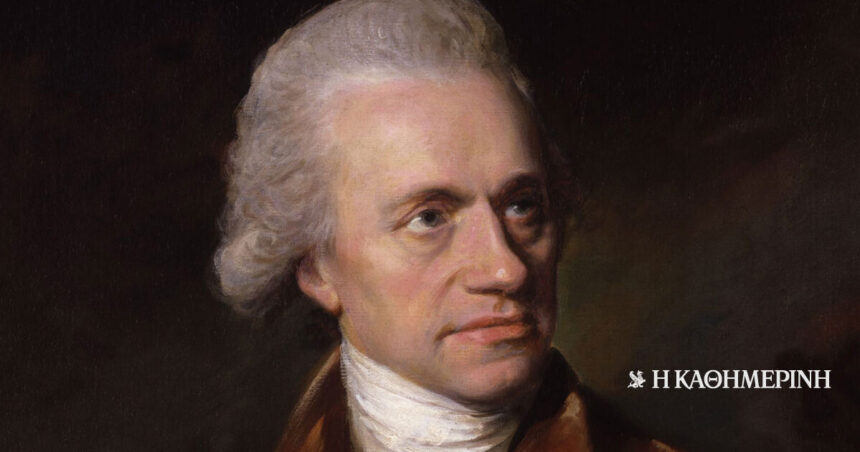By 1781, the solar system known to scientists included six planets. On March 13 of this year, however, something changed: the British astronomer William Herschelwho had been born in Hanover Germanyobserved a celestial body in the constellation Gemini, which was faintly distinguishable and moving slowly. At first he thought it was cometbut eventually he realized that it was another one planetwhom he had originally named in the Latin language “George”, in honor of the British king.
This discovery earned him not only membership of the Royal Society but also the Copley Medal in November 1781. However, there were many astronomers from other countries who did not agree with the name given to the new planet. They themselves wanted the tradition to continue for the planets to have names derived from Greek mythology. With this logic, they proposed that the newly discovered planet should be named after Saturn’s father and Jupiter’s grandfather, i.e. Uranus. This was to be the name that eventually prevailed. In fact, it is worth noting that while the classical pattern of naming the planets was followed, this particular planet remains the only one for which the Greek version of its name is used in all languages – and not the Latin, as is the case with the rest of the planets.
William Herschel’s discoveries were not limited here, however. About six years later, on January 11, 1787, he would discover both the largest moons of Uranus: the Titania (the first in size) and the Oberon (the second largest). Two new moons (Umbriel and Ariel) would be discovered in 1851 and the fifth (Miranda) in 1948. The remaining 23 moons of Uranus were discovered after 1985.
Uranus and its moons would continue to be largely shrouded in mystery until the last quarter of the 20th century.
Although astronomers managed to calculate that Uranus it takes about 84 years to complete one rotation around the Sun, due to its great distance, twice the distance between the Sun and Saturn, Uranus and its moons would continue to be largely shrouded in mystery until the last quarter of the 20th century. It wasn’t until March 10, 1977 that astronomers discovered five rings orbiting Uranus.
The most information about this particular planet and its moons would come about 200 years after their discovery, in 1986, when the spacecraft Voyager 2after a four-month stay, took more than 7,000 pictures, incomparably more detailed than those taken by telescopes on Earth. 11 new satellites were discovered as well as details about the planet’s complex ring system, its atmosphere, its strangely tilted magnetic field and its peculiar moons.
For example, regarding Herschel’s second discovery, Uranus’ largest moon, Titania, was shown to be geologically active. There was also a system of rift valleys – an indication of possible tectonic extension of Titania’s crust – while along the valley walls towards the Heliumdeposits of highly reflective material were observed, which may represent frost.
Column editor: Myrto Katsigera, Vassilis Minakakis, Antigoni-Despina Poimenidou, Athanasios Syroplakis




